I'm starting my first Android Phone design work. I have some experience with iPhone, iPad design but Android is totally different, I'm even not sure how I should create my base template.
Here is the device info I'm going to design. the app that will work only on this device, no need to multiple screen compatibility thing.
- mdpi
- 256K color
- 3.5"
- ~165ppi pixel density
- 320px/480px
So, do I create my photoshop file for 320px/480px, 72px resolution, rgb?

Appreciate helps!!!
